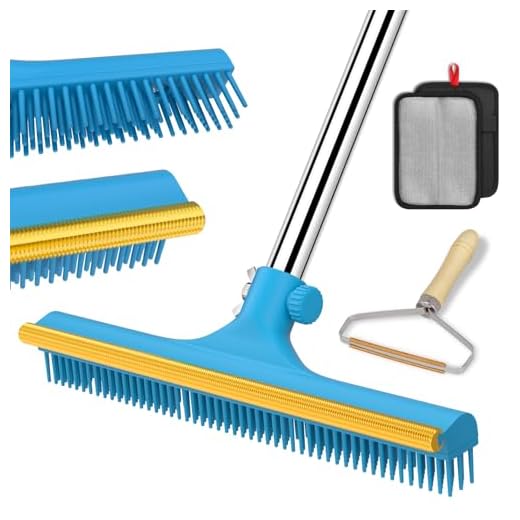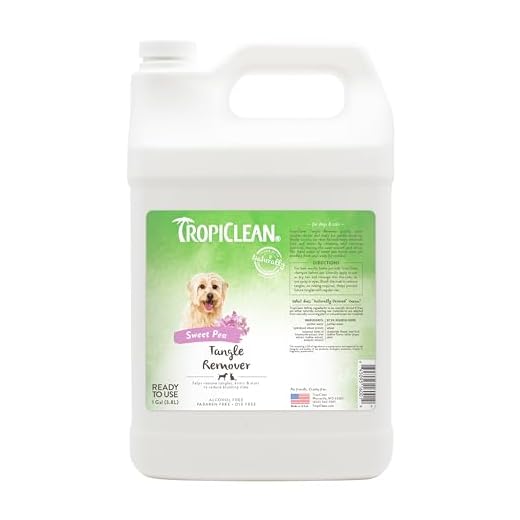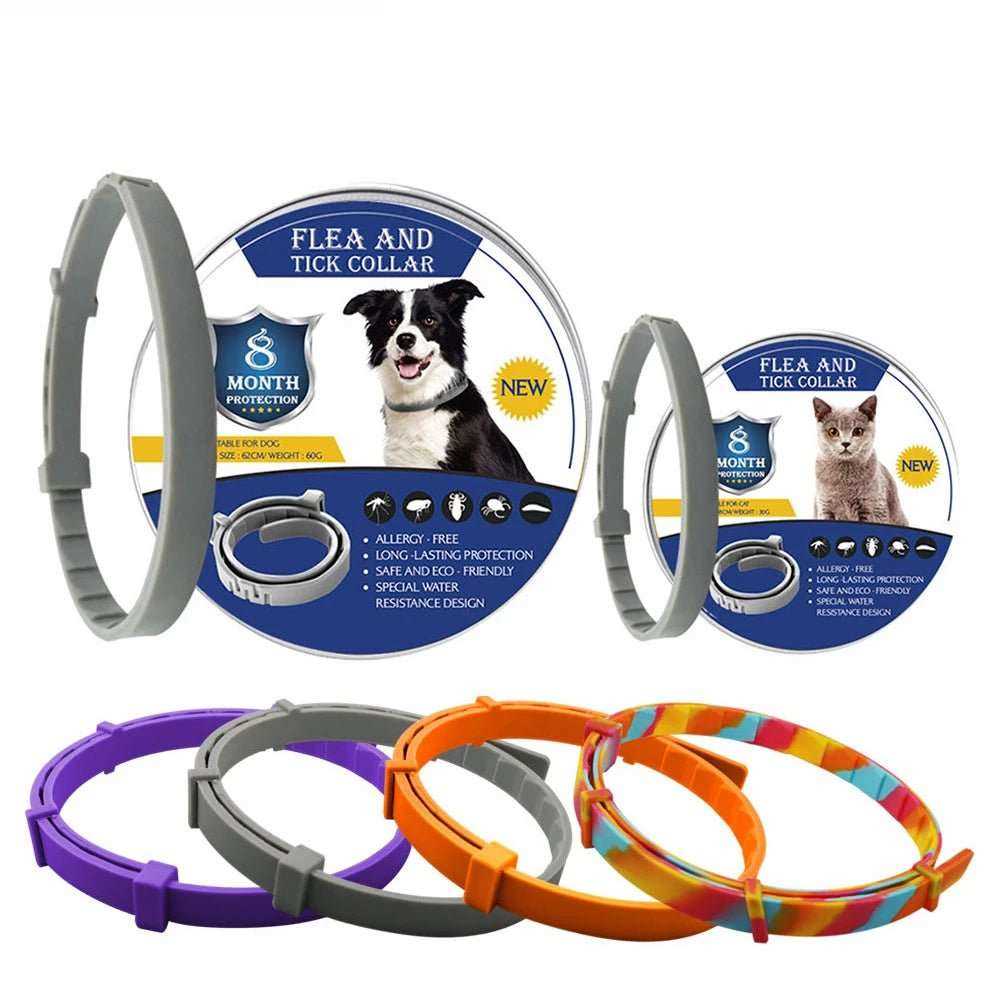



First thing’s first, always use a high-quality detangling spray designed for feline fur. This will help loosen up those stubborn knots, making the grooming process smoother and less stressful for both of us.
Next, grab a wide-toothed comb or a slicker brush. Start at the tips of the fur and work your way up to the base, being gentle to avoid pulling on my sensitive skin. If you encounter a particularly tough spot, don’t rush. It’s better to take your time than to cause discomfort.
For larger clumps that are resistant to combing, you might need to carefully cut them out. Use blunt-ended scissors to avoid accidental nicks. Always hold the fur taut and cut carefully, working from the outside in.
Regular grooming sessions can prevent these tangles from forming in the first place. Aim for at least once a week to keep my coat looking sleek and healthy. Plus, it’s a great bonding activity!
Tips for Managing Feline Fur Clumps
Using a slicker brush is my go-to technique for tackling those annoying tangles. This tool effectively lifts away loose strands while gently detangling knots. I recommend brushing at least twice a week to keep my coat looking fabulous and to prevent any stubborn snarls from forming.
Choosing the Right Tools
Investing in a comb with wide and narrow teeth can be a game changer. Start with the wide tooth side to work through larger tangles, then switch to the narrow side for any remaining bits. This dual approach ensures a thorough grooming session without causing discomfort.
Bathing and Conditioners
Occasionally, a gentle bath can help. Use a cat-friendly shampoo followed by a moisturizing conditioner. This not only cleans but also makes my fur softer, reducing the likelihood of knots. Always ensure to rinse thoroughly to avoid any residue that might irritate my skin.
If you’re curious about my peculiar habits, check out why does my cat like to lay on my back. It might surprise you!
Identifying Different Types of Mats and Their Causes
Recognizing the various forms of tangles is key to addressing them effectively. Here are common types and their underlying reasons:
- Flat Mats: These often develop against the skin, typically in areas with less movement. Factors include lack of grooming or moisture retention.
- Clumped Fur: This can appear as small balls of fur, usually found on the belly or behind the ears. Causes often stem from shedding, combined with the cat’s natural oils.
- Matting in Sensitive Areas: Regions like the armpits and between the legs can be prone to dense tangles due to friction and constant movement. Frequent play and activity can exacerbate this.
Understanding these types allows for better preventive measures. Regular grooming, especially in high-risk areas, is vital. For more on cat behavior, you can check my thoughts on why do cats like armpits.
Tools and Techniques for Safe Mat Removal
Start with a wide-toothed comb to gently detangle my fur. The larger gaps help to ease out knots without causing discomfort. Move slowly to avoid pulling on my skin; patience is key.
Next, a dematting rake can be very handy. This tool has sharp blades that cut through tough tangles while being careful on my coat. Use it sparingly to prevent irritation. Always follow up with a soft brush to smooth everything out.
For stubborn sections, a mat splitter works wonders. This tool can slice through tough clumps, but using it requires caution. Always keep the blade away from my skin to ensure safety. Take your time and use short strokes.
Consider using a detangling spray designed for felines. This can make the process smoother and more comfortable. Just a light mist on the affected areas can help loosen the fur, making it easier to work through the tangles.
During this process, always provide positive reinforcement. Offer treats and gentle words to create a calm atmosphere. This will help me feel more relaxed and willing to cooperate while you tackle those pesky knots.
Finally, keep an eye on my coat’s condition. Regular grooming with the right tools can prevent these issues from arising in the first place. Staying on top of maintenance makes all the difference!
Preventive Care to Avoid Future Mats in Cat Fur
Regular grooming sessions are key. I enjoy being brushed daily, which keeps my coat smooth and reduces tangles. Use a slicker brush or a comb designed for my fur type to effectively remove loose fur and debris.
Bathing isn’t necessary for me often, but an occasional bath with cat-friendly shampoo helps maintain cleanliness and reduces oils that can lead to knots. Ensure the fur is thoroughly dried after bathing to prevent any moisture-related issues.
Diet plays a significant role too. A high-quality diet rich in omega fatty acids contributes to healthy skin and fur, minimizing shedding and the formation of tangles. Always have fresh water available to stay hydrated and support overall health.
Environmental factors matter. I love lounging in areas with minimal friction, as rough surfaces can cause tangling. Providing cozy spots with soft blankets helps maintain my fur’s integrity.
Regular check-ups with the vet can catch any underlying health issues affecting my coat. Keeping up with vaccinations and parasite control also supports a healthy fur condition.
Understanding my breed-specific grooming needs is crucial. As a Scottish Fold, I have unique fur characteristics that require tailored care. Researching and adjusting my grooming routine based on my individual needs is beneficial.
Video:
First thing’s first, always use a high-quality detangling spray designed for feline fur. This will help loosen up those stubborn knots, making the grooming process smoother and less stressful for both of us.
Next, grab a wide-toothed comb or a slicker brush. Start at the tips of the fur and work your way up to the base, being gentle to avoid pulling on my sensitive skin. If you encounter a particularly tough spot, don’t rush. It’s better to take your time than to cause discomfort.
For larger clumps that are resistant to combing, you might need to carefully cut them out. Use blunt-ended scissors to avoid accidental nicks. Always hold the fur taut and cut carefully, working from the outside in.
Regular grooming sessions can prevent these tangles from forming in the first place. Aim for at least once a week to keep my coat looking sleek and healthy. Plus, it’s a great bonding activity!
Tips for Managing Feline Fur Clumps
Using a slicker brush is my go-to technique for tackling those annoying tangles. This tool effectively lifts away loose strands while gently detangling knots. I recommend brushing at least twice a week to keep my coat looking fabulous and to prevent any stubborn snarls from forming.
Choosing the Right Tools
Investing in a comb with wide and narrow teeth can be a game changer. Start with the wide tooth side to work through larger tangles, then switch to the narrow side for any remaining bits. This dual approach ensures a thorough grooming session without causing discomfort.
Bathing and Conditioners
Occasionally, a gentle bath can help. Use a cat-friendly shampoo followed by a moisturizing conditioner. This not only cleans but also makes my fur softer, reducing the likelihood of knots. Always ensure to rinse thoroughly to avoid any residue that might irritate my skin.
If you’re curious about my peculiar habits, check out why does my cat like to lay on my back. It might surprise you!
Identifying Different Types of Mats and Their Causes
Recognizing the various forms of tangles is key to addressing them effectively. Here are common types and their underlying reasons:
- Flat Mats: These often develop against the skin, typically in areas with less movement. Factors include lack of grooming or moisture retention.
- Clumped Fur: This can appear as small balls of fur, usually found on the belly or behind the ears. Causes often stem from shedding, combined with the cat’s natural oils.
- Matting in Sensitive Areas: Regions like the armpits and between the legs can be prone to dense tangles due to friction and constant movement. Frequent play and activity can exacerbate this.
Understanding these types allows for better preventive measures. Regular grooming, especially in high-risk areas, is vital. For more on cat behavior, you can check my thoughts on why do cats like armpits.
Tools and Techniques for Safe Mat Removal
Start with a wide-toothed comb to gently detangle my fur. The larger gaps help to ease out knots without causing discomfort. Move slowly to avoid pulling on my skin; patience is key.
Next, a dematting rake can be very handy. This tool has sharp blades that cut through tough tangles while being careful on my coat. Use it sparingly to prevent irritation. Always follow up with a soft brush to smooth everything out.
For stubborn sections, a mat splitter works wonders. This tool can slice through tough clumps, but using it requires caution. Always keep the blade away from my skin to ensure safety. Take your time and use short strokes.
Consider using a detangling spray designed for felines. This can make the process smoother and more comfortable. Just a light mist on the affected areas can help loosen the fur, making it easier to work through the tangles.
During this process, always provide positive reinforcement. Offer treats and gentle words to create a calm atmosphere. This will help me feel more relaxed and willing to cooperate while you tackle those pesky knots.
Finally, keep an eye on my coat’s condition. Regular grooming with the right tools can prevent these issues from arising in the first place. Staying on top of maintenance makes all the difference!
Preventive Care to Avoid Future Mats in Cat Fur
Regular grooming sessions are key. I enjoy being brushed daily, which keeps my coat smooth and reduces tangles. Use a slicker brush or a comb designed for my fur type to effectively remove loose fur and debris.
Bathing isn’t necessary for me often, but an occasional bath with cat-friendly shampoo helps maintain cleanliness and reduces oils that can lead to knots. Ensure the fur is thoroughly dried after bathing to prevent any moisture-related issues.
Diet plays a significant role too. A high-quality diet rich in omega fatty acids contributes to healthy skin and fur, minimizing shedding and the formation of tangles. Always have fresh water available to stay hydrated and support overall health.
Environmental factors matter. I love lounging in areas with minimal friction, as rough surfaces can cause tangling. Providing cozy spots with soft blankets helps maintain my fur’s integrity.
Regular check-ups with the vet can catch any underlying health issues affecting my coat. Keeping up with vaccinations and parasite control also supports a healthy fur condition.
Understanding my breed-specific grooming needs is crucial. As a Scottish Fold, I have unique fur characteristics that require tailored care. Researching and adjusting my grooming routine based on my individual needs is beneficial.
Video:
First thing’s first, always use a high-quality detangling spray designed for feline fur. This will help loosen up those stubborn knots, making the grooming process smoother and less stressful for both of us.
Next, grab a wide-toothed comb or a slicker brush. Start at the tips of the fur and work your way up to the base, being gentle to avoid pulling on my sensitive skin. If you encounter a particularly tough spot, don’t rush. It’s better to take your time than to cause discomfort.
For larger clumps that are resistant to combing, you might need to carefully cut them out. Use blunt-ended scissors to avoid accidental nicks. Always hold the fur taut and cut carefully, working from the outside in.
Regular grooming sessions can prevent these tangles from forming in the first place. Aim for at least once a week to keep my coat looking sleek and healthy. Plus, it’s a great bonding activity!
Tips for Managing Feline Fur Clumps
Using a slicker brush is my go-to technique for tackling those annoying tangles. This tool effectively lifts away loose strands while gently detangling knots. I recommend brushing at least twice a week to keep my coat looking fabulous and to prevent any stubborn snarls from forming.
Choosing the Right Tools
Investing in a comb with wide and narrow teeth can be a game changer. Start with the wide tooth side to work through larger tangles, then switch to the narrow side for any remaining bits. This dual approach ensures a thorough grooming session without causing discomfort.
Bathing and Conditioners
Occasionally, a gentle bath can help. Use a cat-friendly shampoo followed by a moisturizing conditioner. This not only cleans but also makes my fur softer, reducing the likelihood of knots. Always ensure to rinse thoroughly to avoid any residue that might irritate my skin.
If you’re curious about my peculiar habits, check out why does my cat like to lay on my back. It might surprise you!
Identifying Different Types of Mats and Their Causes
Recognizing the various forms of tangles is key to addressing them effectively. Here are common types and their underlying reasons:
- Flat Mats: These often develop against the skin, typically in areas with less movement. Factors include lack of grooming or moisture retention.
- Clumped Fur: This can appear as small balls of fur, usually found on the belly or behind the ears. Causes often stem from shedding, combined with the cat’s natural oils.
- Matting in Sensitive Areas: Regions like the armpits and between the legs can be prone to dense tangles due to friction and constant movement. Frequent play and activity can exacerbate this.
Understanding these types allows for better preventive measures. Regular grooming, especially in high-risk areas, is vital. For more on cat behavior, you can check my thoughts on why do cats like armpits.
Tools and Techniques for Safe Mat Removal
Start with a wide-toothed comb to gently detangle my fur. The larger gaps help to ease out knots without causing discomfort. Move slowly to avoid pulling on my skin; patience is key.
Next, a dematting rake can be very handy. This tool has sharp blades that cut through tough tangles while being careful on my coat. Use it sparingly to prevent irritation. Always follow up with a soft brush to smooth everything out.
For stubborn sections, a mat splitter works wonders. This tool can slice through tough clumps, but using it requires caution. Always keep the blade away from my skin to ensure safety. Take your time and use short strokes.
Consider using a detangling spray designed for felines. This can make the process smoother and more comfortable. Just a light mist on the affected areas can help loosen the fur, making it easier to work through the tangles.
During this process, always provide positive reinforcement. Offer treats and gentle words to create a calm atmosphere. This will help me feel more relaxed and willing to cooperate while you tackle those pesky knots.
Finally, keep an eye on my coat’s condition. Regular grooming with the right tools can prevent these issues from arising in the first place. Staying on top of maintenance makes all the difference!
Preventive Care to Avoid Future Mats in Cat Fur
Regular grooming sessions are key. I enjoy being brushed daily, which keeps my coat smooth and reduces tangles. Use a slicker brush or a comb designed for my fur type to effectively remove loose fur and debris.
Bathing isn’t necessary for me often, but an occasional bath with cat-friendly shampoo helps maintain cleanliness and reduces oils that can lead to knots. Ensure the fur is thoroughly dried after bathing to prevent any moisture-related issues.
Diet plays a significant role too. A high-quality diet rich in omega fatty acids contributes to healthy skin and fur, minimizing shedding and the formation of tangles. Always have fresh water available to stay hydrated and support overall health.
Environmental factors matter. I love lounging in areas with minimal friction, as rough surfaces can cause tangling. Providing cozy spots with soft blankets helps maintain my fur’s integrity.
Regular check-ups with the vet can catch any underlying health issues affecting my coat. Keeping up with vaccinations and parasite control also supports a healthy fur condition.
Understanding my breed-specific grooming needs is crucial. As a Scottish Fold, I have unique fur characteristics that require tailored care. Researching and adjusting my grooming routine based on my individual needs is beneficial.









